Indigo Insect Pests – Dealing With Bugs That Eat Indigo
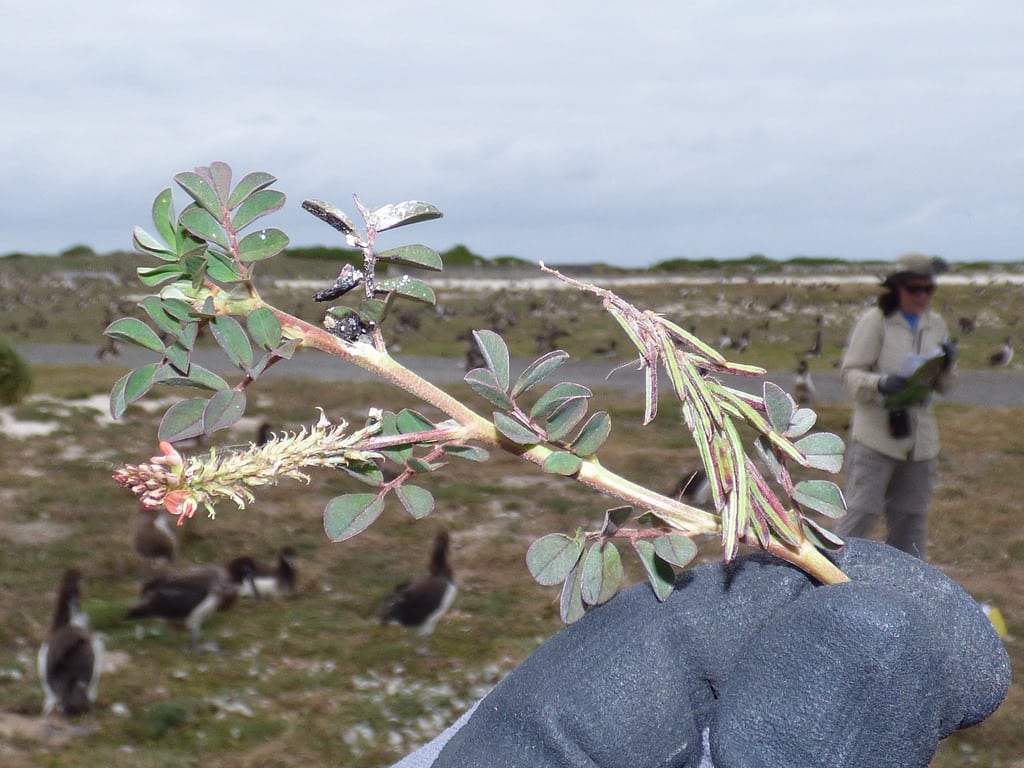

Indigo (Indigofera spp.) is one of the all-time favorite plants for dye making. It has been cultivated worldwide for centuries for the blue colored dyes and inks that can be made from it. Indigo is believed to have originated in India, though it escaped cultivation ages ago and has naturalized in most tropical to sub-tropical regions. One reason indigo plants have so easily spread globally is because there are very few bugs that eat indigo. Continue reading to learn more about pests of indigo plants and when controlling indigo pests is necessary.
About Indigo Pest Control
Indigo not only produces vivid dyes, it is also a nitrogen fixing member of the legume family. In many tropical regions, it is not only valued as “the king of dyes” but is also grown as a green manure or cover crop. In addition to being pretty resistant to insect pests, indigo is rarely grazed on by livestock or other wildlife. In tropical regions where indigo can grow into a woody perennial, it can actually become a pest itself by choking or shading out native flora. However, there are a few indigo insect pests that keep it from becoming invasive or can damage indigo crops.
Common Pests of Indigo Plants
One of the most damaging pests of indigo plants is root-knot nematodes. Infestations will appear as patches of sickly looking plants in crop fields. Infected plants may be stunted, wilted, and chlorotic. The indigo roots will have swollen galls. When attacked by root-knot nematodes, indigo plants are weakened and become highly susceptible to fungal or bacterial diseases. Crop rotation is the best method of root-knot nematodes indigo pest control. The psyllid Arytaina punctipennis is another insect pest of indigo plants. These psyllids do not cause significant damage just by eating the indigo foliage but their piercing mouth parts oftentimes carry disease from plant to plant, which can result in significant indigo crop loss. In some tropical or subtropical locations, chrysomeliad leaf beetles can significantly reduce crop yields of indigo plants. As with almost any plant, indigo plants can also become infested by aphids, scale, mealybugs, and spider mites. Crop rotation, trap crops, and chemical controls may all be integrated to ensure high crop yields of indigo plants.
Gardening tips, videos, info and more delivered right to your inbox!
Sign up for the Gardening Know How newsletter today and receive a free copy of our e-book "How to Grow Delicious Tomatoes".
-
 Get Ready For A Summer Of Hummers! Grow These Full Sun Hummingbird Plants and Flowers
Get Ready For A Summer Of Hummers! Grow These Full Sun Hummingbird Plants and FlowersIf you’re lucky enough to enjoy a sunny backyard, make sure you are maxing out on your pollinator opportunities and grow these full sun hummingbird plants and flowers
By Tonya Barnett
-
 12 Lush Alternatives To A Lawn For Sustainable Spaces
12 Lush Alternatives To A Lawn For Sustainable SpacesAlternatives to a lawn are beautiful and also beneficial to your local ecosystem and its pollinators. Explore our top picks for plants to replace grass.
By Tonya Barnett
-
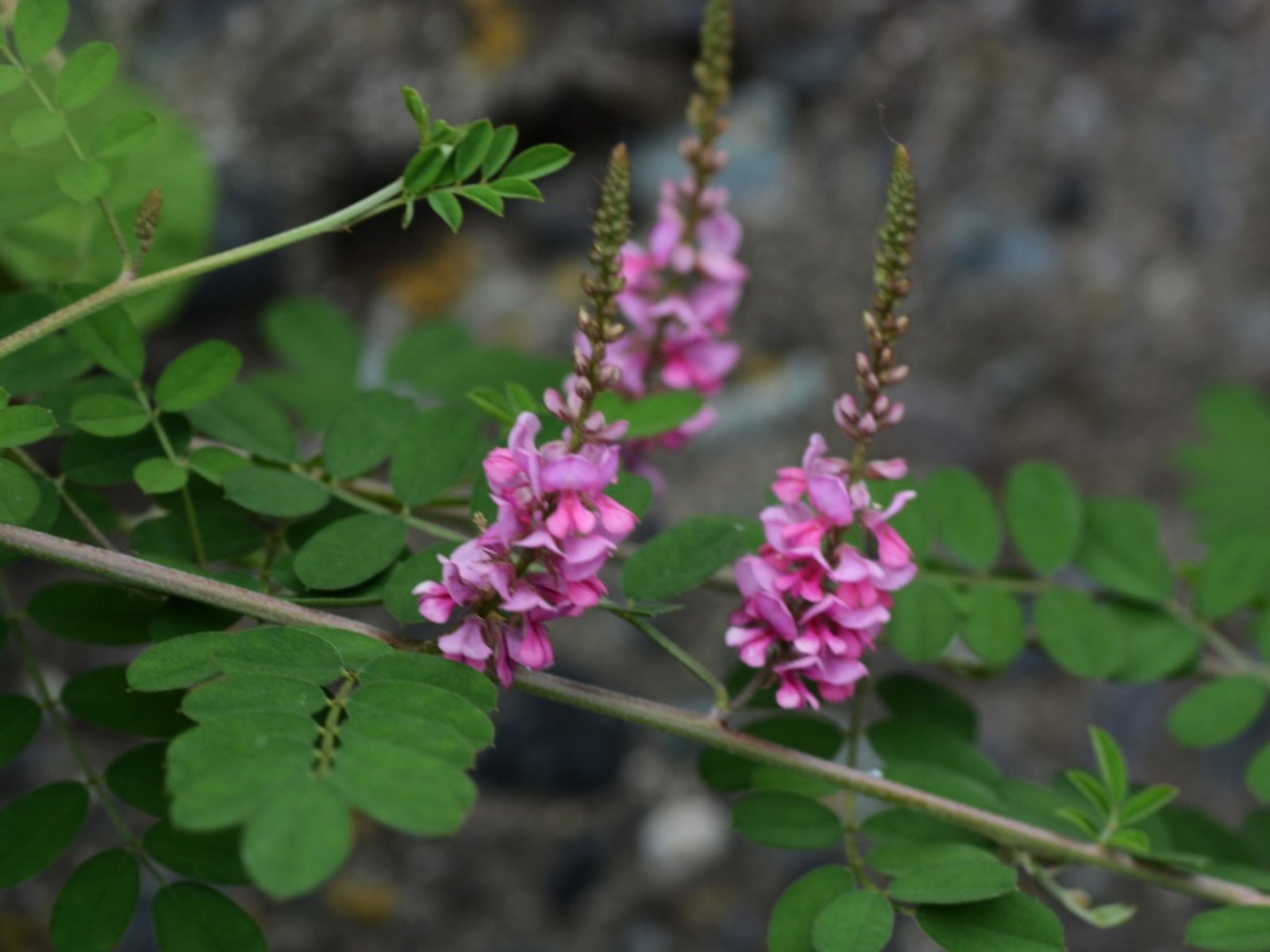 What Is True Indigo – Tinctoria Indigo Info And Care
What Is True Indigo – Tinctoria Indigo Info And CareIndigofera tinctoria, often called true indigo or simply just indigo, is probably the most famous and widespread dye plant in the world. It’s a wonderfully useful plant, however, and very much worth growing for the adventurous gardener and home dyer. Learn more here.
By Liz Baessler
-
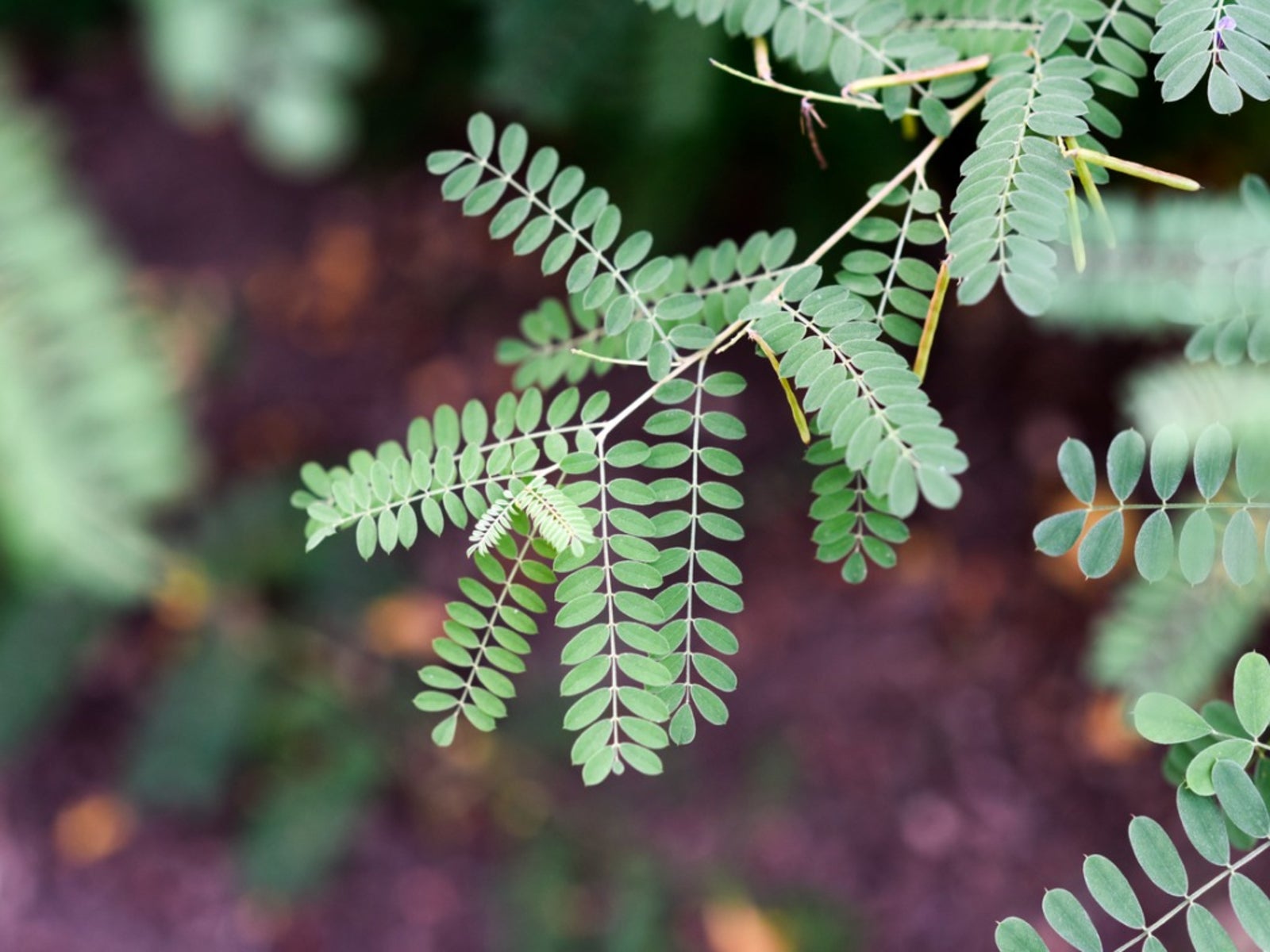 Indigo Plant Harvest – Tips On Picking Indigo For Dye
Indigo Plant Harvest – Tips On Picking Indigo For DyeAlthough the popularity of the natural dye stalled when a synthetic dye was developed, picking indigo for dye is making a comeback. If you want to learn how to harvest indigo to make your own dye, click here. We’ll tell you how and when to pick indigo plants.
By Teo Spengler
-
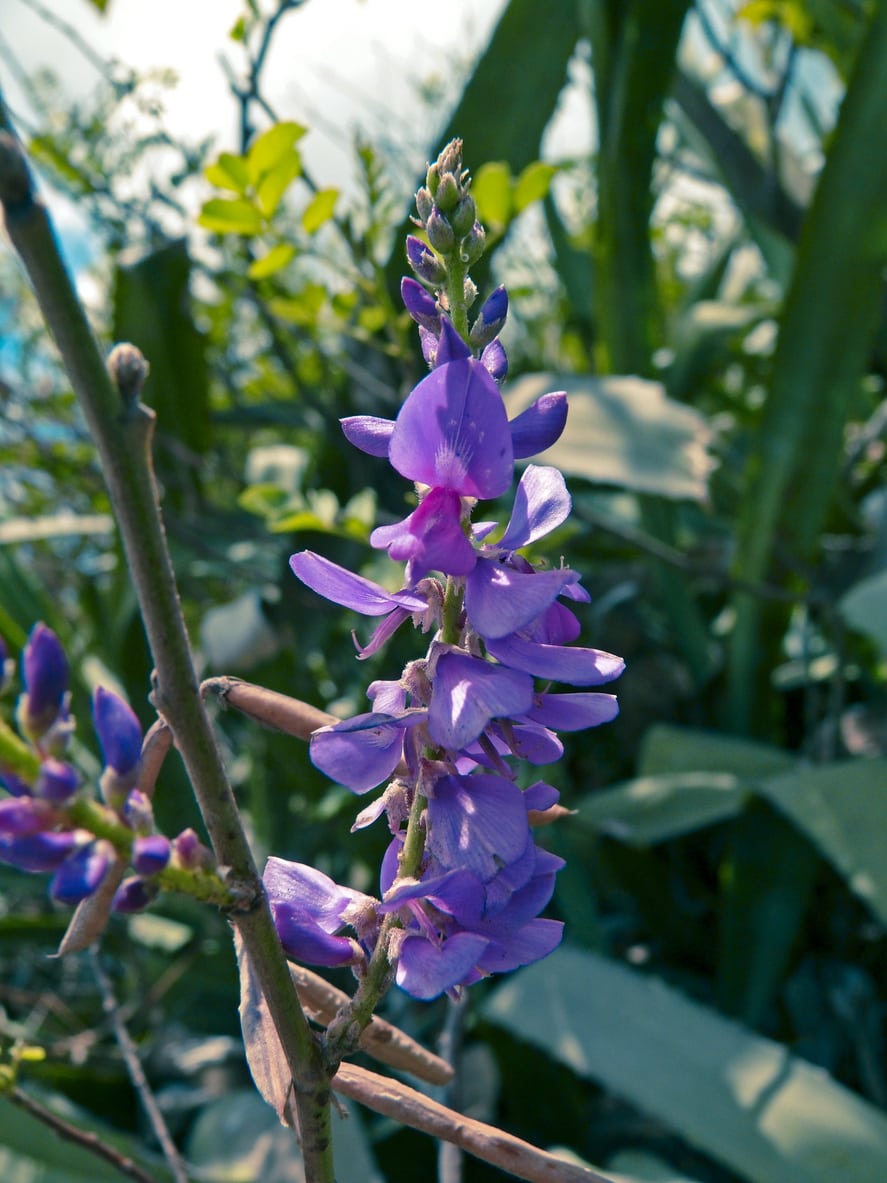 Indigo Plant Varieties: Learn About Different Indigo Plants
Indigo Plant Varieties: Learn About Different Indigo PlantsThe popular color “indigo” is named after several plants in the genus Indigofera famous for the natural blue obtained from the plant leaves. Some varieties are used medicinally, while others are beautiful and ornamental. Learn about different indigo plants here.
By Teo Spengler
-
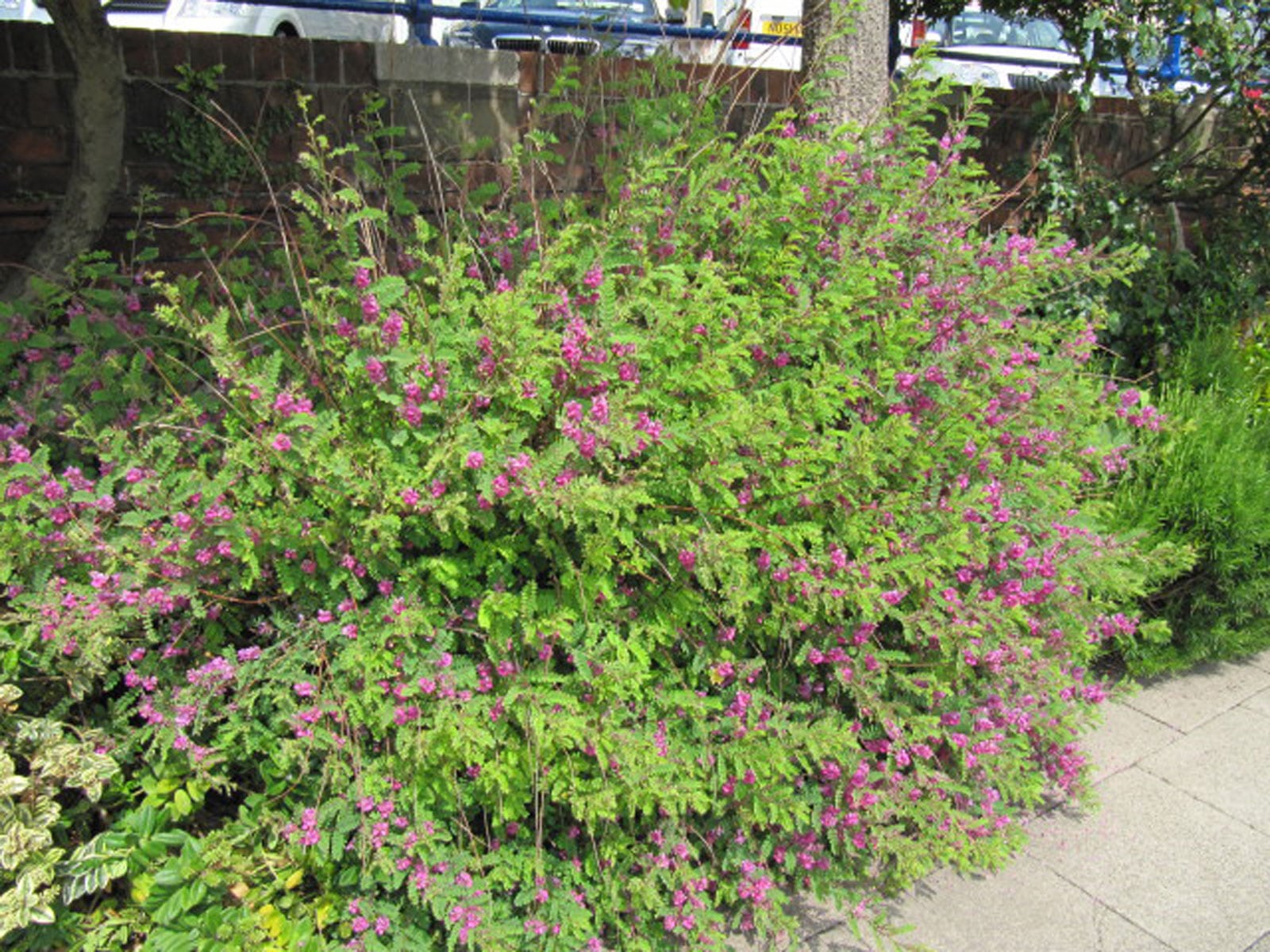 Watering Indigo Plants: Information On True Indigo Water Needs
Watering Indigo Plants: Information On True Indigo Water NeedsWhether you are growing indigo in your garden to make the dye or just to enjoy the pretty flowers and growth habit, indigo irrigation requirements are important to understand to help it thrive. This article will help with that. Click here for more information.
By Mary Ellen Ellis
-
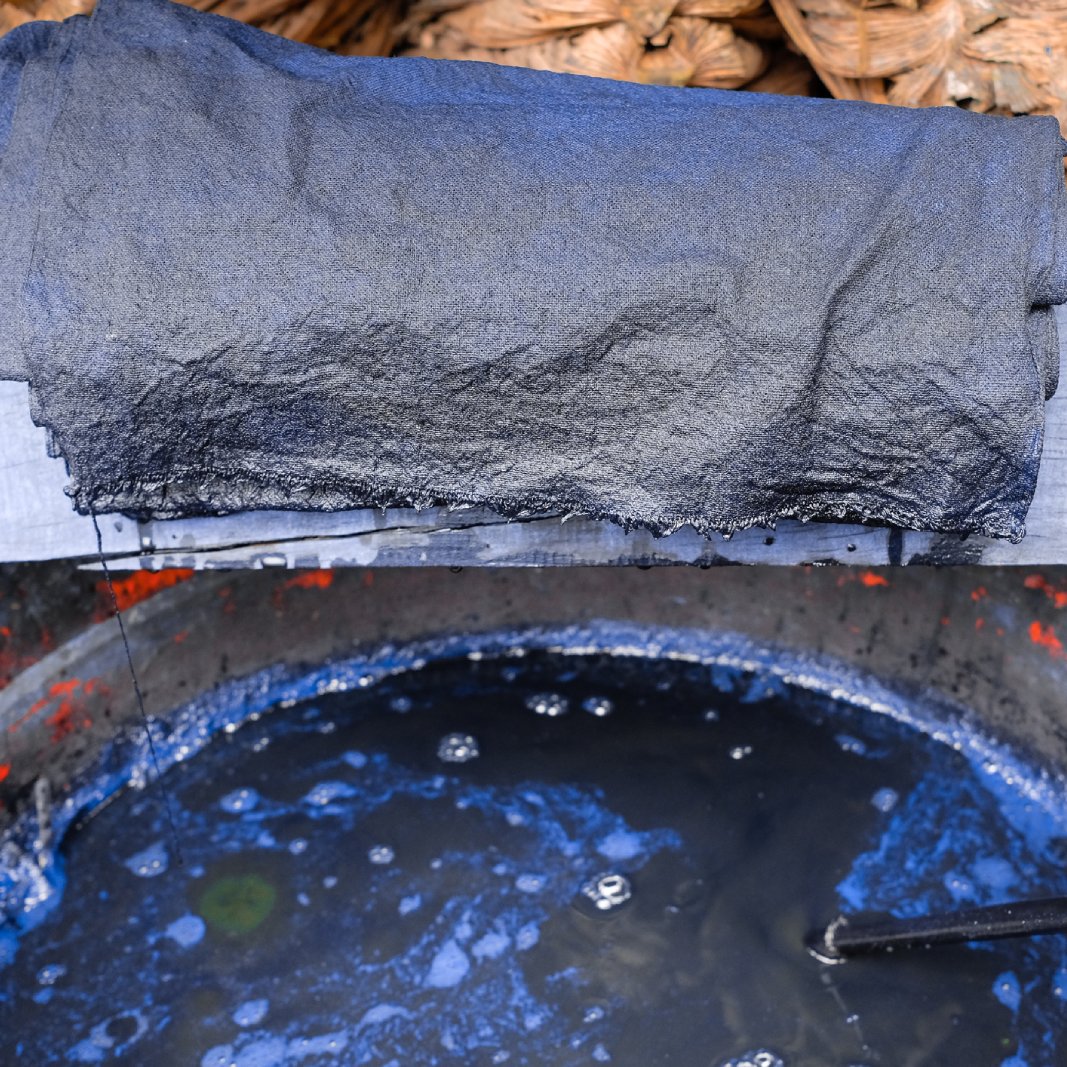 Indigo Dyeing Guide – How To Dye With Indigo Plants
Indigo Dyeing Guide – How To Dye With Indigo PlantsBy Bonnie L. Grant
-
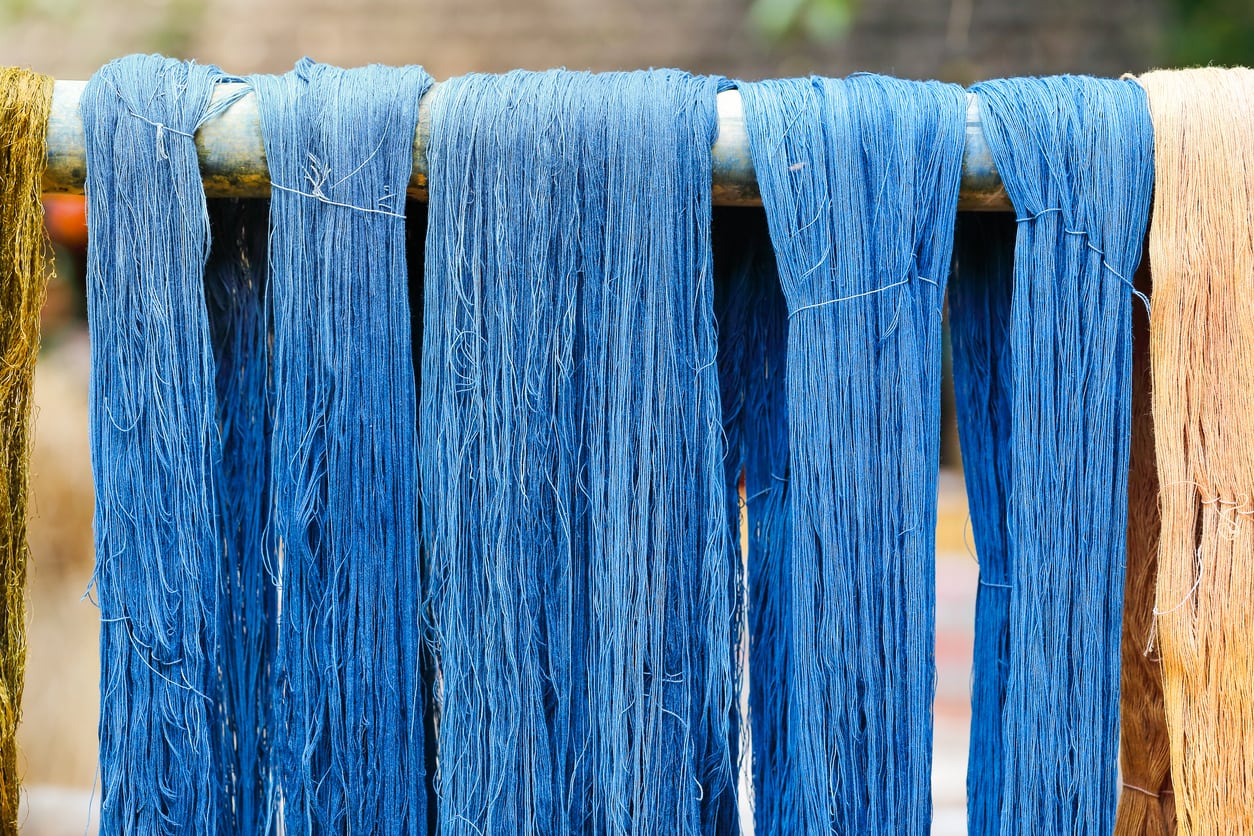 Dye From Indigo Plants: Learn About Making Indigo Dye
Dye From Indigo Plants: Learn About Making Indigo DyeUnlike other colors that could easily be obtained, blue remained a difficult color to recreate – until it was discovered that dye could be made from indigo plants. Making indigo dye, however, is no easy task. So, how do you make dye indigo plant dye? Learn more here.
By Amy Grant
-
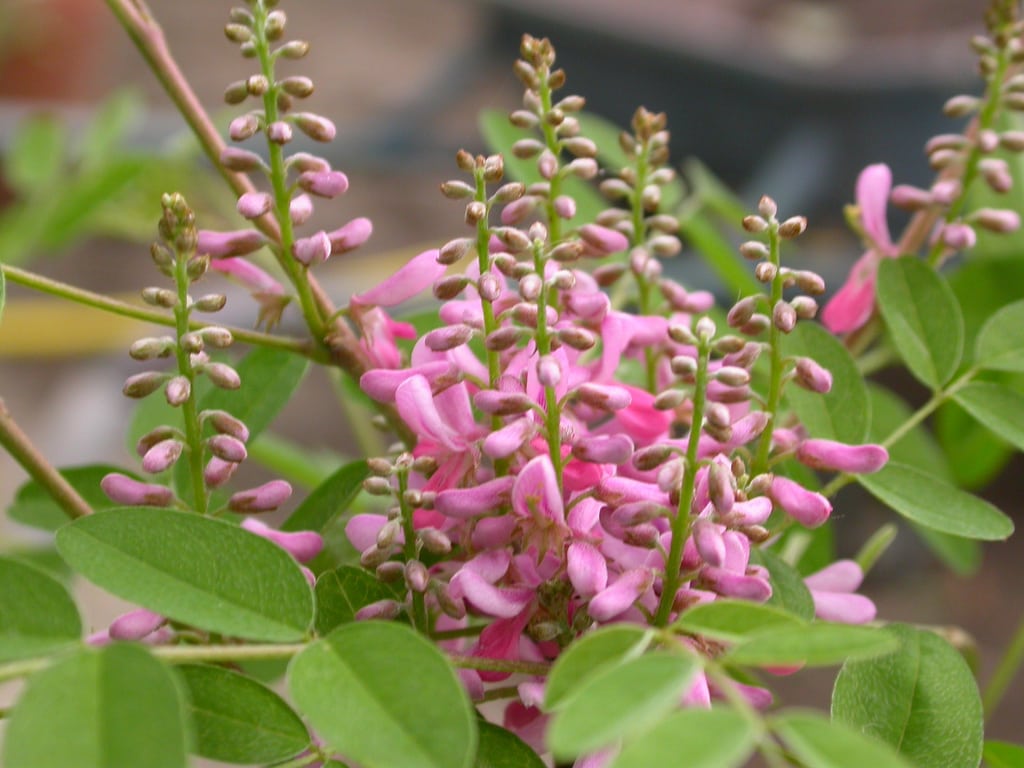 Indigo Plant Pruning – How To Prune Indigo Plants In The Garden
Indigo Plant Pruning – How To Prune Indigo Plants In The GardenGrowing indigo isn’t difficult as long as you can provide ample sunlight and warmth. However, pruning true indigo regularly keeps the plant healthy and attractive. Click here and we’ll explore indigo plant pruning and cutting back indigo.
By Mary H. Dyer
-
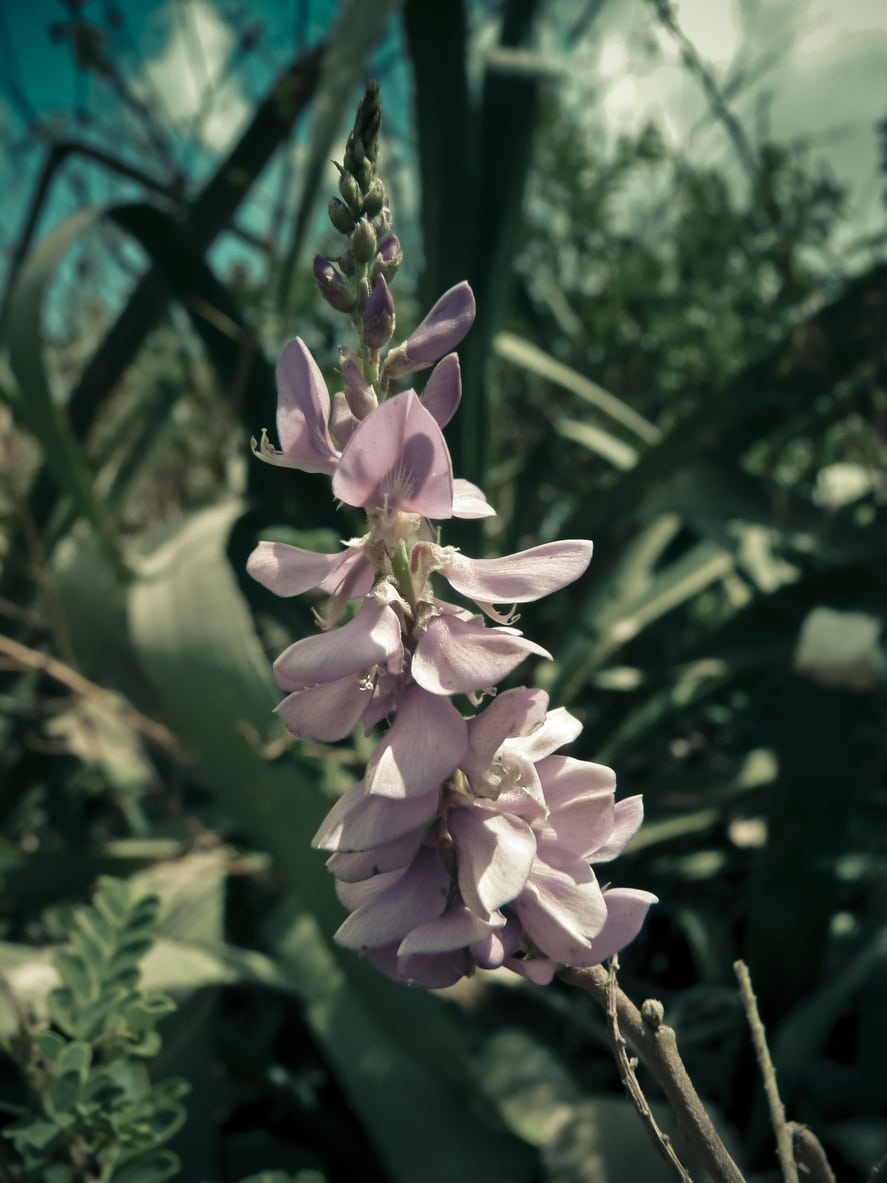 Indigo Seed Planting Guide: When To Sow Indigo Seeds
Indigo Seed Planting Guide: When To Sow Indigo SeedsTrue indigo (Indigofera tinctoria) can be grown successfully by seed for a pretty flowering shrub or to provide you with leaves to make a natural blue dye. Click this article for tips on how and when to sow indigo plant seeds in the garden.
By Mary Ellen Ellis